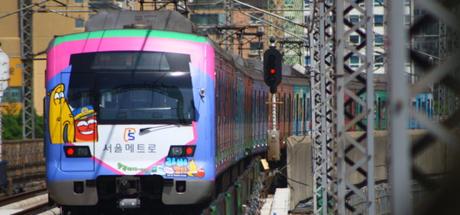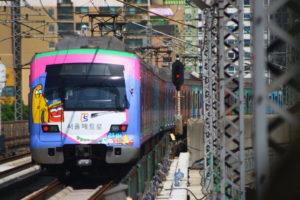

If you're planning a trip to another country, don't rule out using the public transit system for sightseeing. Here are some of the best in the world:
Seoul, South Korea
Trains run from 5:30 a.m. to midnight, and a ticket for a single ride will cost about $1.00 U.S. There are nine lines in the metro area and 20 lines throughout the entire system, which covers over 680 miles. All ticket machines have English language options, which makes getting the right ticket easy even for non-Korean speakers. The signage in and around the stations is also in English and Korean, which makes it simple to navigate to the appropriate platform and exit.
Berlin, Germany
Trains in Berlin run 24 hours per day on the weekend and from 4 a.m. to 1 a.m. on the weekdays. A single ride costs $3.00 U.S. The trains in urban Berlin cover 91 miles and serve 143 stations, so you're never far from a stop no matter where you are in the city. The train system is known for running like clockwork; they come every five to ten minutes on weekdays, so you won't have to wait long for a ride.
Tokyo, Japan
In Tokyo, trains run from 5 a.m. to 1 a.m. all week long, with rush hour trains departing roughly every three minutes. A single ride costs about $1.50 U.S. Trains in Tokyo, like virtually every public space in the country, are clean and orderly. Although crowded, the pushing and shoving to get on the train common in other major cities is nonexistent in Tokyo. Queue behind other passengers on the platform before entering, and allow exiting passengers to flow out of the train first.
Paris, France
Trains in Paris run every two minutes during rush hour and cover 133 miles across 300 stations. A single ride costs $2.00 U.S. The Metro is the most frequented public transportation system, with stops spaced roughly every 500 meters so you can reach your destination with pinpoint accuracy. If you're venturing farther outside the city, take the RER or Transilien train lines, which extend into the suburbs of Paris.
London, England
The London Underground covers 250 miles and serves 270 stations throughout Greater London. It's commonly known as the Underground or the Tube, but in reality only 45 percent of the lines are below the surface. Trains generally run every few minutes from 5 a.m. to 1 a.m., and the Victoria and Central lines run 24-hours per day. Make sure you travel with an Oyster Card or Travelcard to save half the cost. Single rides with a card are $3.60 U.S. and $7.50 U.S. without a card.
New York, New York
The New York City subway covers 660 miles and serves 460 stations, making it the largest subway system in the world. A single ride costs $2.75 and trains run 24 hours per day. The subway system is the dominant mode of transportation in the city, and you'll be able to reach each of the five New York City boroughs on the train. Many stations include "countdown clocks" to show exactly how far away your train is, down to the minute.
Image courtesy of The Korean Times.

